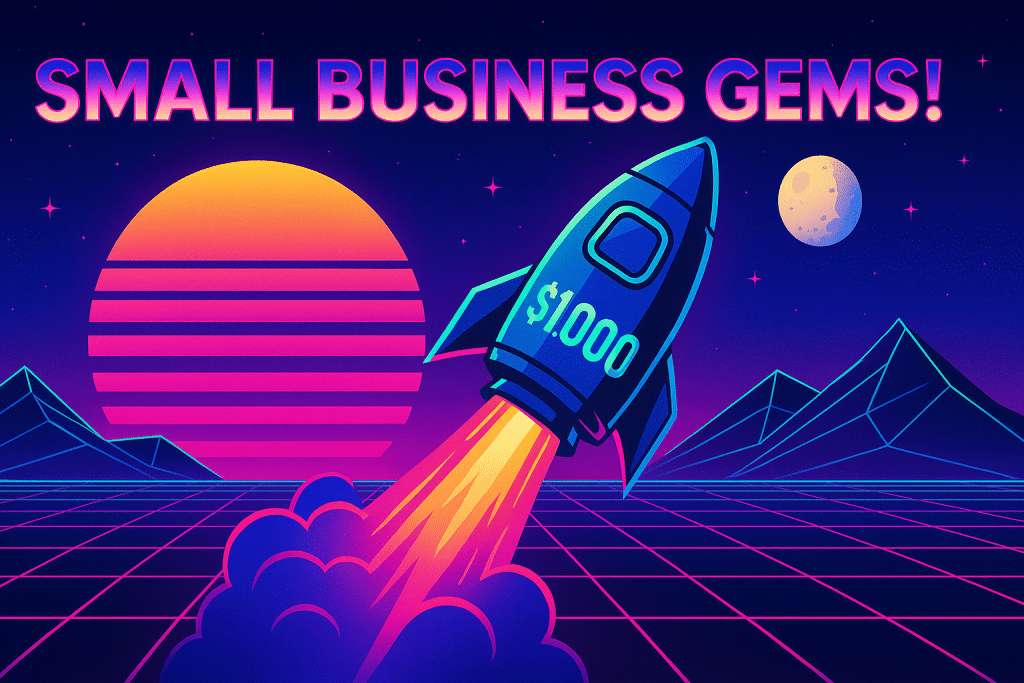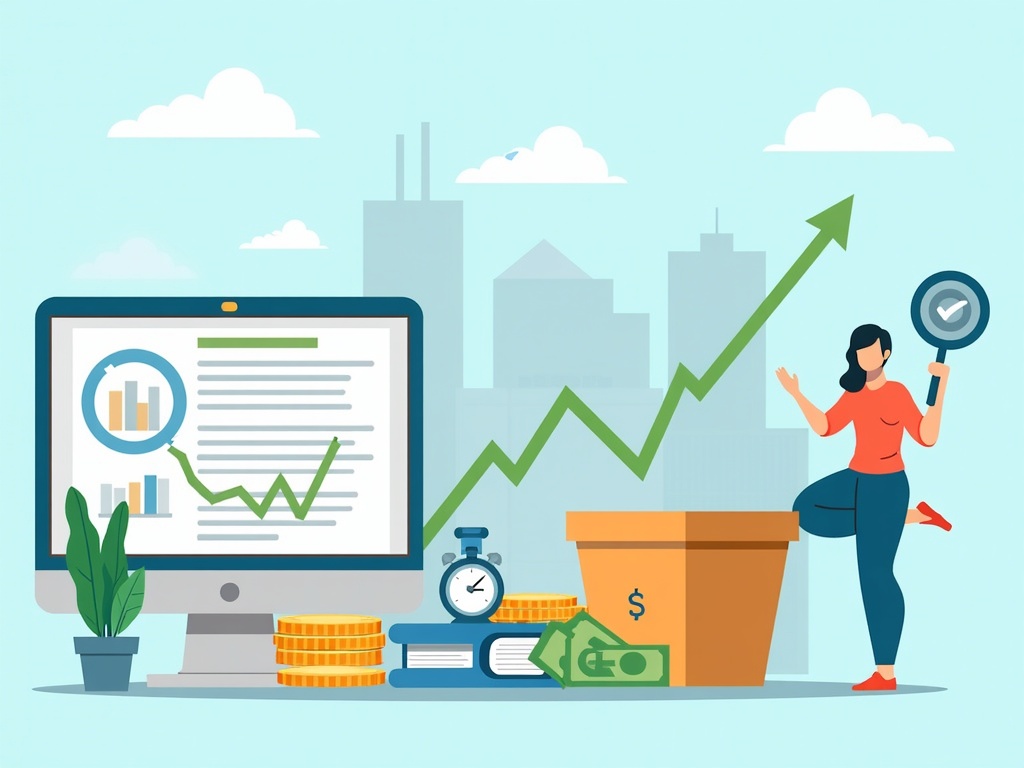What Are Fixed and Variable Costs? A Startup’s Guide to Financial Clarity
Imagine launching a hot dog stand. The aroma of grilled onions fills the air, customers line up, and money flows in. But beneath the surface, a complex dance of costs dictates whether your venture thrives or dives. Understanding the difference between fixed and variable costs is paramount to mastering your finances – and that’s true whether you’re slinging street meat or building the next tech giant.
Decoding the Cost Equation: Why It Matters
In essence, fixed and variable costs are the foundational building blocks of your total expenses. Accurately identifying and managing each is crucial for:
**Pricing Strategies:Knowing your costs allows you to set prices that guarantee profitability.
**Budgeting and Forecasting:Anticipating expenses helps you plan for the future and secure funding.
**Profitability Analysis:Understanding the relationship between costs and revenue unveils your true profit margins.
**Decision-Making:Evaluating the cost implications of different business decisions ensures sound strategic choices.
Ignoring these core concepts is like navigating a maze blindfolded. You might stumble upon success, but you’re far more likely to crash and burn.
Fixed Costs: The Inevitable Expenses
Fixed costs are those expenses that remain relatively constant, regardless of your production volume or sales. Think of them as the non-negotiable bills you have to pay even if you sell zero hot dogs or millions.
Examples of Fixed Costs
**Rent:Whether you sell one item or one thousand, your monthly rent typically stays the same.
**Salaries:The salaries of your full-time employees are generally fixed, even if sales fluctuate.
**Insurance:Business insurance premiums are usually paid on a fixed schedule.
**Depreciation:The gradual decline in value of assets like equipment is considered a fixed cost.
**Property Taxes:Taxes on your business property are assessed annually or semi-annually, regardless of your sales.
**Loan Payments:If you have a loan, the principal and interest payments are usually fixed.
The Relatively Constant Caveat
It’s important to note that fixed doesn’t mean *absolutelyunchangeable. Over the long term, fixed costs can certainly increase. Rent might go up when your lease renews, or you might need to hire additional salaried staff as your company grows. However, within a specific time period (e.g., a month or a quarter), these costs tend to remain stable, irrespective of sales volume.
Impact of Scale on Fixed Costs
While the total amount of fixed costs stays the same, the *per-unitfixed cost decreases as you produce more. This is a key principle of economies of scale. Imagine your monthly rent is $2,000. If you sell 100 hot dogs, the fixed cost per hot dog is $20. But if you sell 1,000 hot dogs, the fixed cost per hot dog drops to just $2. This highlights the power of increasing production to improve profitability.
## Variable Costs: The Ever-Changing Expenses
Variable costs, on the other hand, fluctuate directly with your production volume or sales. These are the expenses that increase as you make or sell more, and decrease as you make or sell less. In our hot dog stand analogy, the cost of the hot dogs themselves is a prime example of a variable cost.
Examples of Variable Costs
**Raw Materials:The cost of ingredients (hot dogs, buns, condiments) directly depends on how many you sell.
**Direct Labor:If you pay hourly wages to employees who assemble or sell your product, those labor costs are variable.
**Packaging:The cost of packaging materials (wrappers, bags, boxes) increases as you sell more.
**Shipping Costs:If you ship your product, your shipping expenses rise with each order.
**Sales Commissions:Paying your sales team a commission based on sales volume creates a variable cost.
**Credit Card Processing Fees:These fees are directly tied to the amount of sales you process.
Variable Costs and the Bottom Line
Variable costs directly impact your gross profit margin. By carefully managing these costs – negotiating better prices with suppliers, streamlining production processes – you can significantly improve your profitability.
The Importance of Cost of Goods Sold (COGS)
In accounting, the variable costs directly associated with producing your goods or services are often grouped together as Cost of Goods Sold (COGS). This metric is crucial for calculating your gross profit (Revenue – COGS = Gross Profit). A lower COGS translates to a higher gross profit, which provides more financial flexibility for covering your fixed costs and generating net income.
## Diving Deeper: Semi-Variable Costs
The world isn’t always black and white. Some costs exhibit characteristics of both fixed and variable costs. These are known as semi-variable (or mixed) costs.
Understanding Semi-Variable Costs
A semi-variable cost has a fixed component that remains constant regardless of production levels and a variable component that fluctuates with production.
Examples of Semi-Variable Costs
**Utilities:Your electricity bill might have a fixed base charge plus a variable charge based on your energy consumption.
**Phone/Internet:You might pay a fixed monthly fee for your phone or internet service, plus variable charges for data usage or long-distance calls.
**Salesperson Salary + Commission:Providing a base salary creates the fixed element; paying commission adds the variable element.
**Maintenance Costs:Some maintenance must be done regardless of usage (fixed), while other repairs increase with wear and tear (variable).
Separating Fixed and Variable Components
To effectively manage semi-variable costs, it’s crucial to separate the fixed and variable components. This can be done using various methods, such as:
**High-Low Method:Analyzing the total cost at the highest and lowest production levels to determine the variable cost per unit.
**Regression Analysis:Using statistical techniques to identify the relationship between cost and activity levels.
**Account Analysis:Examining each cost account and classifying it as fixed or variable based on its nature.
Once you’ve separated the components, you can treat the fixed portion as a fixed cost and the variable portion as a variable cost for budgeting and analysis purposes.
## Practical Applications for Startups
Understanding fixed and variable costs isn’t just an academic exercise. It has tangible benefits for startups:
**Break-Even Analysis:Determine the sales volume needed to cover all fixed and variable costs. This is a critical milestone for any startup.
**Pricing Decisions:Calculating the fully loaded cost (fixed + variable) of each unit allows you to set a profitable price.
**Cost Control:Identifying areas where you can reduce costs, both fixed and variable, can improve your bottom line.
**Financial Modeling:Accurately forecasting costs is essential for creating realistic financial projections.
Example: Break-Even Analysis for the Hot Dog Stand
Let’s say your hot dog stand has the following costs:
**Fixed Costs:Rent ($500/month), Insurance ($100/month), Salaries ($1,000/month) = $1,600/month
**Variable Costs:Hot dogs ($0.50/hot dog), Buns ($0.25/hot dog), Condiments ($0.25/hot dog) = $1.00/hot dog
You sell each hot dog for $3.00.
Your contribution margin (selling price – variable cost) is $3.00 – $1.00 = $2.00 per hot dog.
To calculate your break-even point in units:
Break-Even Point (Units) = Fixed Costs / Contribution Margin = $1,600 / $2.00 = 800 hot dogs
This means you need to sell 800 hot dogs each month just to cover your costs. Anything beyond that is profit.
## Mastering Your Costs: Key Takeaways
Distinguishing between fixed and variable costs provides a crucial lens for managing your startup’s finances. By understanding the nature of these costs, you can make informed decisions about pricing, production, and overall business strategy. Don’t let your business be a blindfolded wanderer. Take control of your costs and pave the way for sustainable growth and profitability. By embracing cost awareness, you give your startup the best possible chance to not just survive, but thrive.





